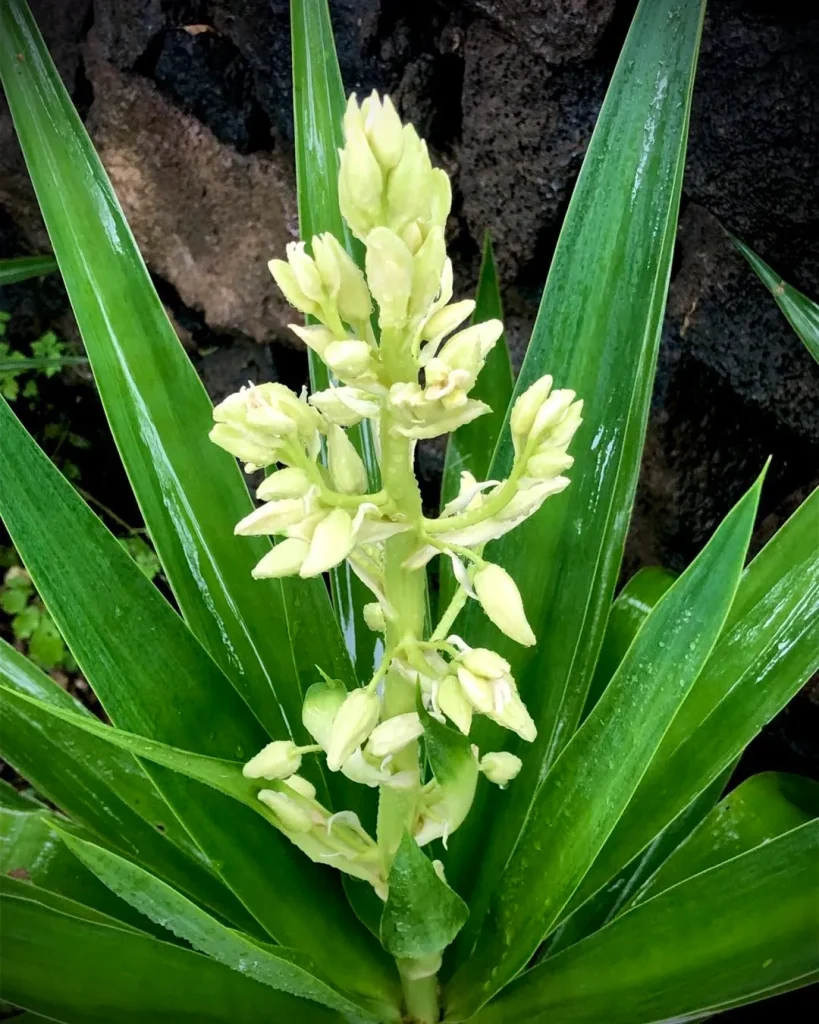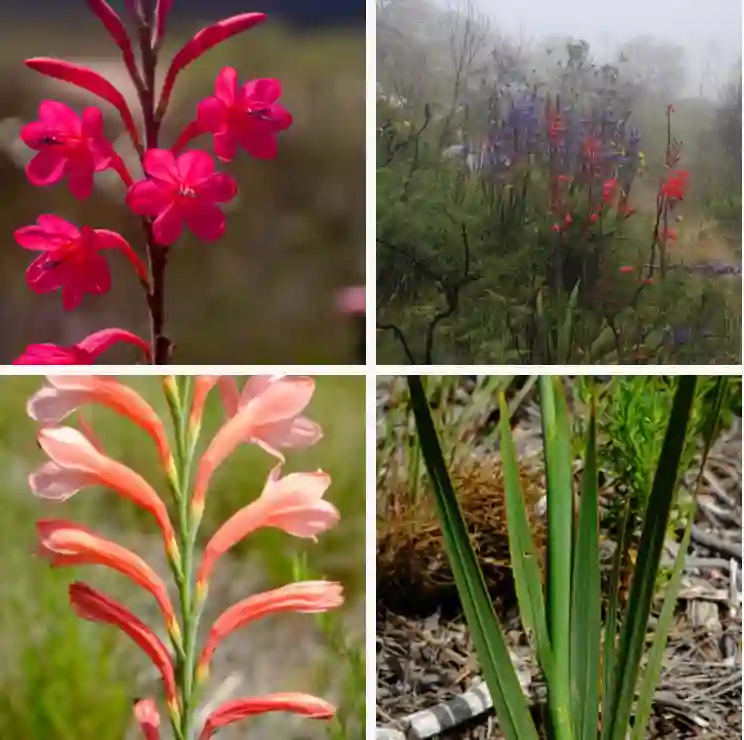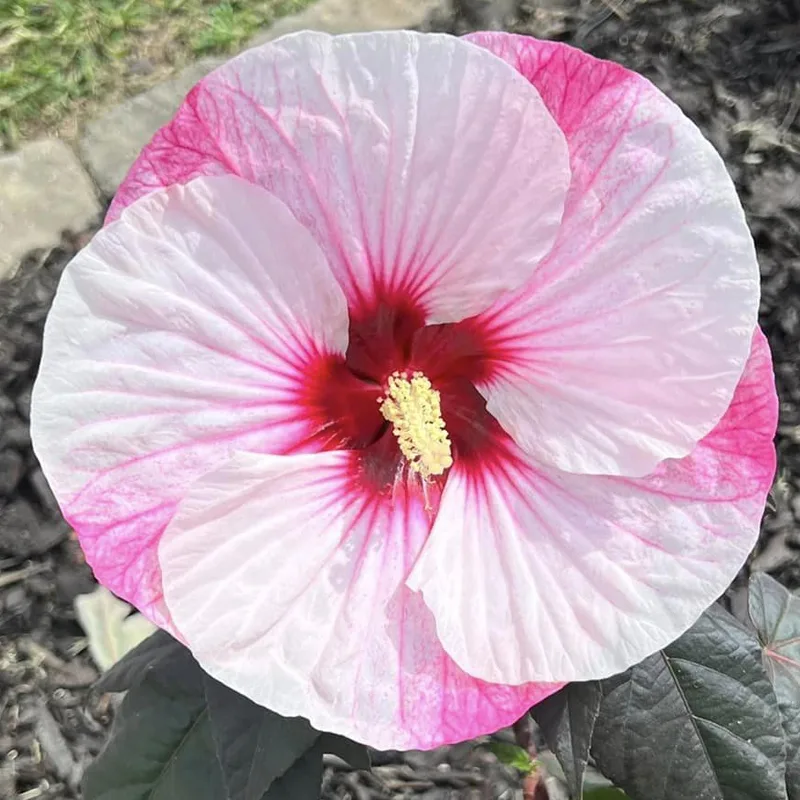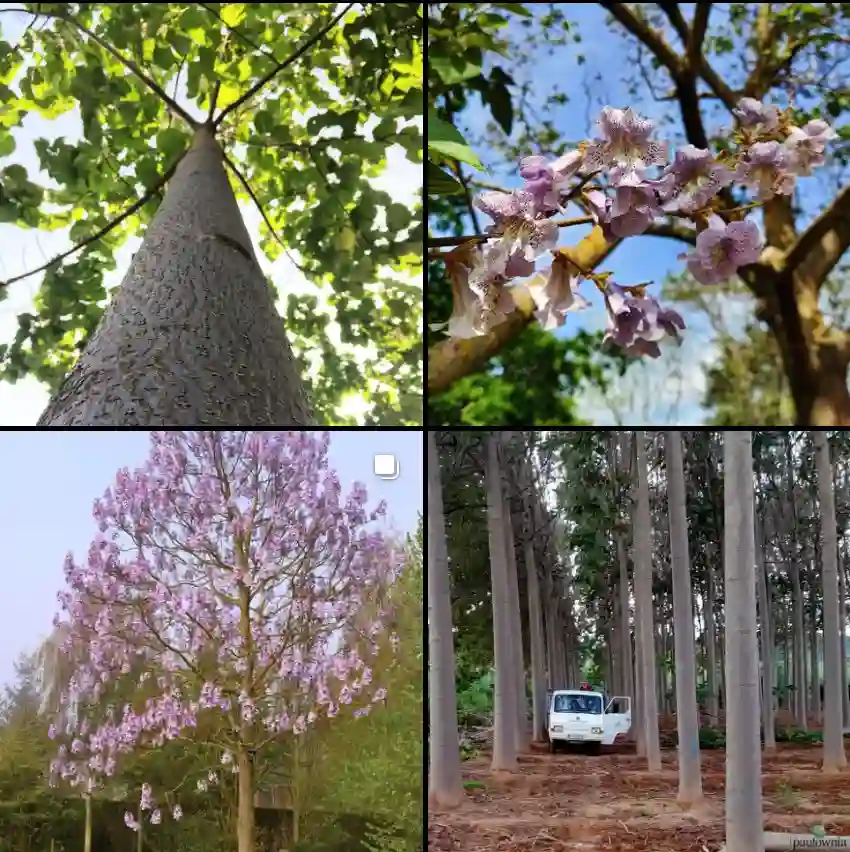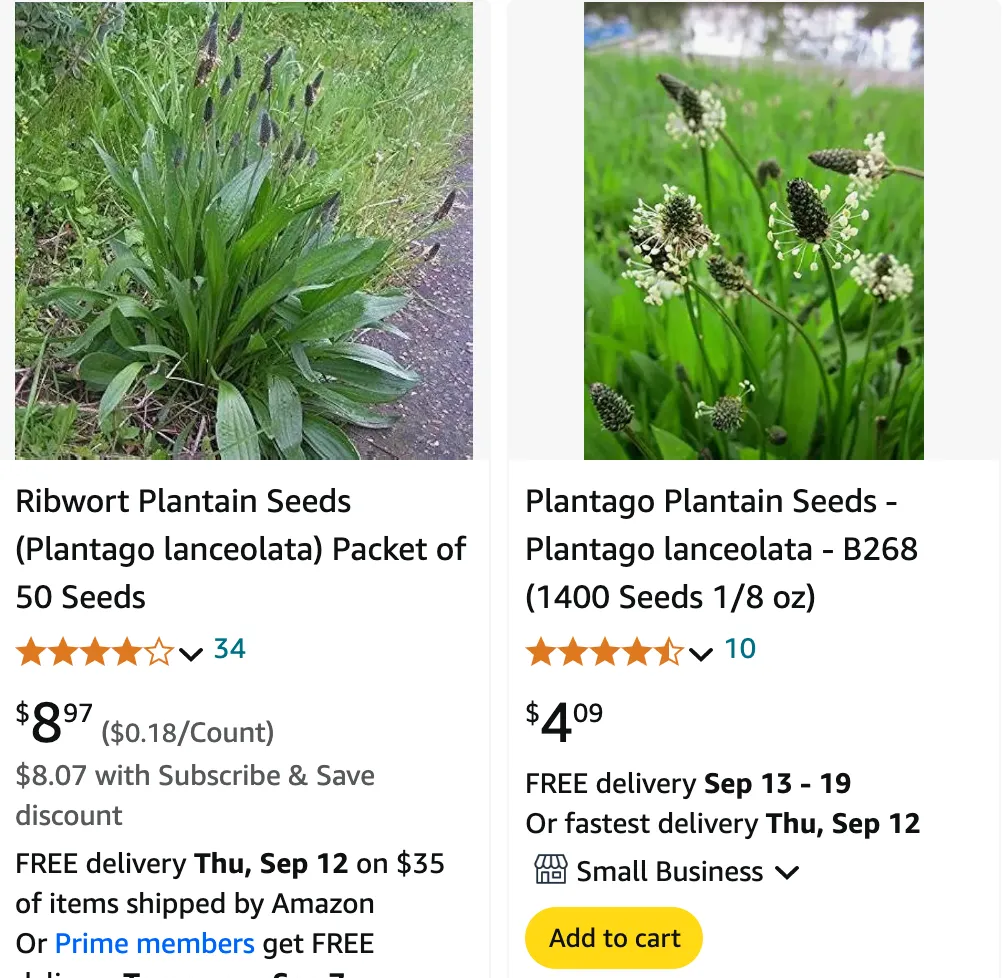
What is Plantago Lanceolata?
Plantago Lanceolata, commonly known as ribwort plantain or narrowleaf plantain, is a versatile herb with a long history of use in traditional medicine. It is known for its lance-shaped leaves and its ability to adapt to various soil types, making it a resilient plant.
246 Species in Genus Plantago
Is Plantago Lanceolata a Perennial?
Yes, Plantago Lanceolata is a perennial herb. It lives for more than two years and continues to grow year after year. Its hardy nature allows it to thrive in various climates, which makes it a popular choice for many gardeners.
Is Plantago Lanceolata a California Native?
Plantago Lanceolata is not native to California. It originally comes from Europe and Asia but has naturalized in many parts of North America, including California. Its adaptability has helped it spread far beyond its native range.
How to Grow Plantago Lanceolata?
Growing Plantago Lanceolata is relatively straightforward. Here are the steps you should follow:
- Site Selection: Choose a location with well-drained soil and partial to full sunlight. While it can tolerate shade, it grows best in sunny conditions.
- Soil Preparation: Plantago Lanceolata prefers slightly acidic to neutral soil. Ensure the soil is loose and free of large clumps.
- Sowing Seeds: Sow the seeds directly into the soil in early spring or late fall. Lightly cover the seeds with soil.
- Watering: Keep the soil moist but not waterlogged. Once established, the plant is quite drought-tolerant.
How to Propagate Plantago Lanceolata?
Propagation of Plantago Lanceolata can be done through seeds or by division of mature plants. For seeds, follow the sowing instructions mentioned earlier. To propagate by division, separate the roots of an existing plant and replant them in a new location.
How to Care for Plantago Lanceolata?
Care for Plantago Lanceolata involves regular watering, especially during dry periods. While the plant is low-maintenance, occasional weeding around the base can help prevent competition for nutrients. Mulching can also be beneficial for moisture retention and weed control.
How to Harvest Plantago Lanceolata?
Harvesting Plantago Lanceolata typically involves collecting the leaves and seeds. For medicinal use, gather leaves in the spring or early summer when they are young and tender. If you want to collect seeds, wait until the flower stalks have turned brown and dry. Shake the stalks over a container to release the seeds.
How to Kill Plantago Lanceolata?
If you need to remove Plantago Lanceolata, you can use several methods:
- Manual Removal: Pull the plants out by the root, ensuring you remove the entire root system to prevent regrowth.
- Chemical Control: Herbicides can be used, but be cautious to follow the application instructions and consider potential effects on surrounding plants.
What are the Medicinal Uses of Plantago Lanceolata?
Plantago Lanceolata has a variety of medicinal uses. It is commonly used in traditional medicine for its anti-inflammatory and antimicrobial properties. It can be made into teas or tinctures to help with coughs, respiratory issues, and minor wounds. It is also used in topical ointments to soothe skin irritations.
Is Plantago Lanceolata Tea an Antitussive?
Yes, Plantago Lanceolata tea is considered an antitussive. It can help relieve coughs and respiratory issues due to its soothing and anti-inflammatory properties. Drinking the tea may help alleviate throat irritation and promote easier breathing.
How Many Seeds Does a Plantago Lanceolata Produce?
A single Plantago Lanceolata plant can produce a considerable number of seeds. On average, a plant can yield thousands of seeds. This prolific seeding contributes to its widespread naturalization and resilience in various environments.
What Foods Cross-React with Plantago Lanceolata?
While Plantago Lanceolata is generally safe for most people, there may be potential cross-reactivity with certain foods, particularly those with similar proteins. Individuals with allergies to related plants, such as other members of the Plantago genus, should exercise caution and consult with a healthcare provider if they have concerns.
Is Plantago Lanceolata Contraindicated with Octreotide?
There is limited information on the interaction between Plantago Lanceolata and octreotide. It’s always best to consult a healthcare professional before combining herbal remedies with medications.
Is Plantago Lanceolata Contraindicated with Sandostatin?
Similarly, specific data on the interaction between Plantago Lanceolata and Sandostatin (octreotide) is not well-documented. Consulting with a healthcare provider is advisable to ensure safety and avoid any potential interactions.
Can You Grow Plantago Lanceolata Indoors?
Growing Plantago Lanceolata indoors is possible but less common. Ensure it receives adequate light and ventilation. It may require supplemental lighting to mimic its natural outdoor conditions.
What are Common Problems with Plantago Lanceolata?
Common problems with Plantago Lanceolata include pests such as aphids and fungal diseases. Keeping the plant well-spaced and maintaining good air circulation can help mitigate these issues. Regular inspection and timely treatment with organic solutions can also prevent infestations.
Compare Plantago Lanceolata with Other Similar Plants
Plantago Lanceolata is often compared to Plantago Major (common plantain). While both species have similar uses and characteristics, Plantago Major has broader leaves and is typically found in different habitats. Both plants offer medicinal benefits but may vary in specific uses and efficacy.
Plantago Lanceolata is a fascinating and versatile plant with a wide range of uses and attributes. Whether you’re interested in its medicinal properties, growing practices, or interactions with medications, understanding these aspects can help you make the most of this resilient herb.
If i die, water my plants!
